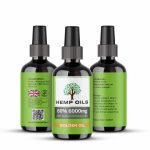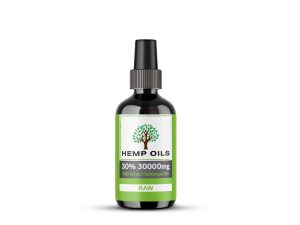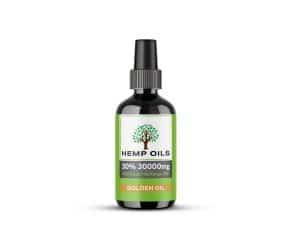The color of hemp oil is a topic that often raises questions among consumers. With the increasing popularity of hemp-derived products, it is essential to understand the various hues that hemp oil can exhibit. This comprehensive guide will delve into the factors that influence the color of hemp oil and explore the different shades that can be found on the market.
The Color of Hemp Oil: A Comprehensive Guide
Hemp oil, derived from the seeds of the hemp plant, can vary in color from clear to dark green. The color is primarily influenced by the processing methods and the presence of other compounds within the oil. Understanding the hue of hemp oil is crucial for both consumers and producers to determine its quality and potential uses.
Understanding the Hue of Hemp Oil and Its Variations
The color of hemp oil can range from a pale yellow to a deep green. Clear or pale yellow oils are often the result of thorough filtration and processing, removing impurities and chlorophyll. On the other hand, darker green oils typically indicate less filtration and a higher concentration of chlorophyll. The variations in color can also be attributed to the extraction method used, such as cold-pressed or CO2 extraction.
Exploring the Spectrum: Different Shades of Hemp Oil
Hemp oil comes in a spectrum of colors due to the varying levels of chlorophyll, terpenes, and other natural compounds present in the plant. Lighter shades, such as pale yellow or golden, tend to have a milder flavor and are commonly used in cooking or as a dietary supplement. Darker shades, like deep green or brown, often have a more robust flavor profile and are frequently utilized in cosmetic and skincare products.
Factors Influencing the Color of Hemp Oil
Several factors influence the color of hemp oil. Firstly, the strain of the hemp plant itself can play a role, with some strains naturally producing oil with a darker hue. Secondly, the extraction method employed can impact the final color. For instance, CO2 extraction typically yields a lighter oil compared to other extraction methods. Lastly, the processing techniques and filtration processes determine the removal of impurities and chlorophyll, resulting in a clearer or darker oil.
Conclusion
The color of hemp oil can vary considerably, ranging from clear to dark green, depending on factors such as processing methods, extraction techniques, and the strain of hemp used. Understanding the spectrum of colors allows consumers to make informed decisions when purchasing hemp oil products, tailoring them to their specific needs. Whether it is for culinary, therapeutic, or cosmetic purposes, the color of hemp oil provides valuable insights into its characteristics and potential applications.
As the market for hemp-derived products continues to expand, it is essential to stay informed about the nuances of hemp oil. By understanding the influence of various factors on its color, consumers can confidently incorporate hemp oil into their daily lives, benefiting from its numerous potential uses.




